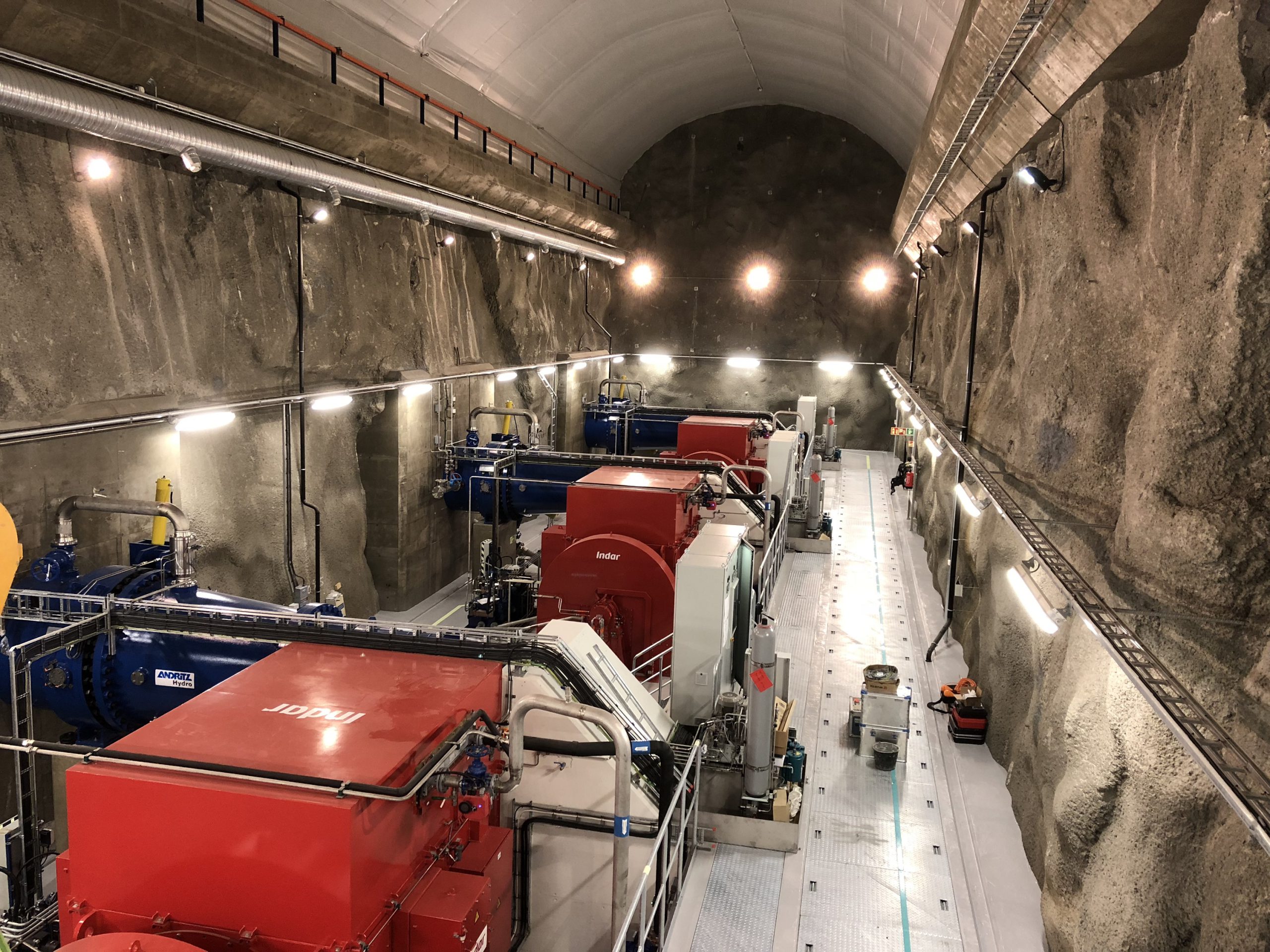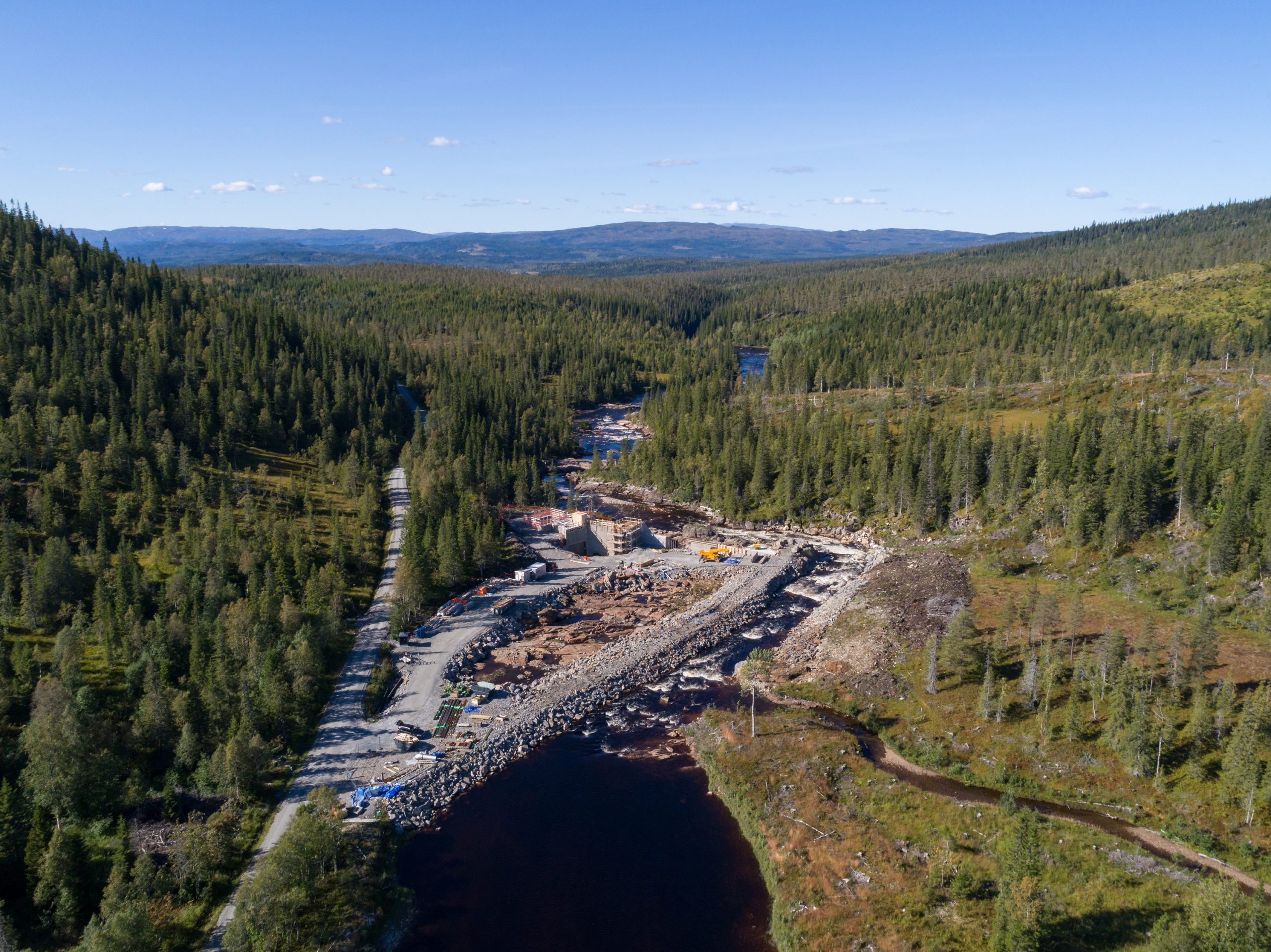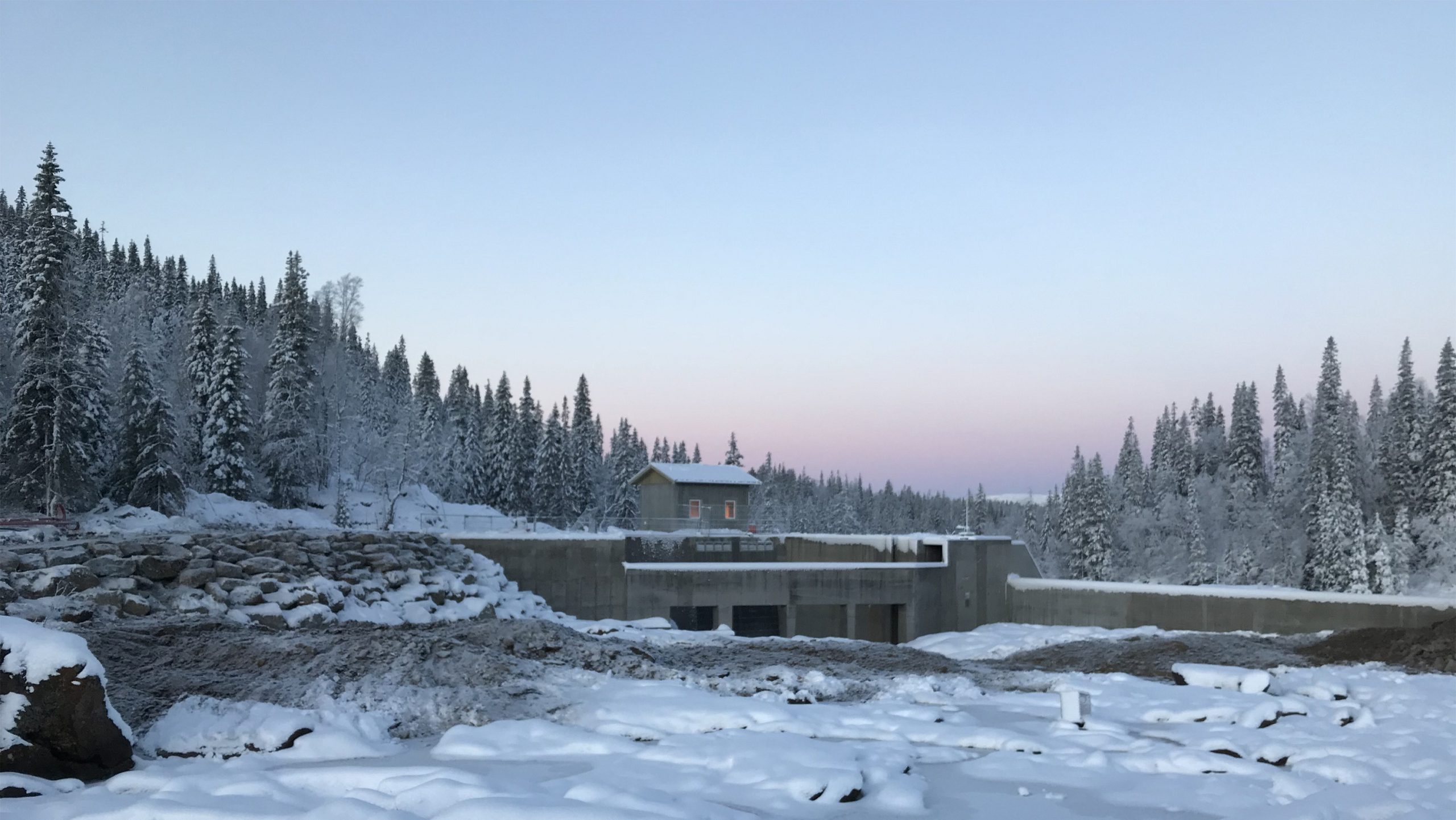Hydropower plant project in Norway gets CEEQUAL rating of Very Good
Overview
Storåselva power plant is a new compact hydropower project outside Snåsa in Trøndelag. The developer is Nord-Trøndelag Electricity Works (NTE). Skanska Norway was the main contractor during the construction and responsible for coordinating the CEEQUAL (now known as BREEAM Infrastructure) certification. For sustainable construction practises, the project earned a CEEQUAL rating of Very Good.
About
NTE Energi AS is one of Norway’s largest energy suppliers.
Background
NTE and the design team has been working extensively on sustainability aspects during the planning stage of Storåselva project. This work has covered for example consideration of the historic environment, endangered species, important landscape features, emissions to the water environment, involvement of the local community and interested parties and more.
Challenges
Before the startup of the construction works, it was decided to go for a CEEQUAL Construction award. This resulted in higher ambitions for the performance in some environmental aspects as well as establishing increased focus and specific targets for others, especially topics covered by the Physical resources chapter. CEEQUAL has helped structuring the communication and follow up of targets from top level documents down to the practical level. NTE was particularly happy with the effect CEEQUAL has had on shifting to a more proactive approach during construction.
Solutions
The powerplant project consists of a concrete dam, 4 km of tunnels in total, a powerhouse with 3 turbines, access roads and 18 km 66kV of power lines. The Storåselva power plant will deliver an annual energy output of 75 GWh of clean and renewable energy. This equals approximately the annual consumption of electricity in 4000 households.


Benefits
Land use and landscape
Avoiding damage to landscape areas and habitats has been a focus throughout the design stage and the focus has continued into the construction phase. The concerns have been for example protection of monumental trees, avoiding damage to a protected forest area and integration of the deposit of excess excavated rock into the landscape. These issues were followed up throughout construction by cordoning them of and regular checkups of status through site visits and adjustments in design meetings. The deposit of the excavated rock is designed in such a way that it will be used for sustainable forestry supported by the authorities.
The water environment
There was extensive focus on water related issues due to both a downstream river and a downstream reservoir for drinking water. A major issue has been the concentration of suspended particles in the discharge water from the drill and blast process for the tunnels. During construction, poor rock quality was encountered which resulted in high concentrations of particulates.
The high measured concentrations were an ongoing focus in the construction meetings and handled with significant focus, structure and urgency. Several mitigating measures were tried. Finally, a hydrocyclone was installed combined with adding flocculants to the sedimentation pools. This proved to be an effective solution. A survey of the affected areas concluded that the high concentrations had minimal and temporary consequences for the ecology. The measured results were kept at acceptable levels and the authorities were satisfied with the results. There were no issues related to the levels of pH and oil in the discharge water. The status of the source of drinking water was monitored continuously and remained unaffected by the project.
Physical resources
The sustainability aspect as a parameter in the choice of products has gained strengthened focus with the implementation of CEEQUAL in the project. This resulted in assessment of different construction methods and choice of products.
The environmental impact of the project was calculated by LCA-methodology covering the full lifecycle, making use of EPDs specific for the products used on the project. There were several suggestions proposed and implemented for reduction of the environmental burdens. For example, use of low carbon concrete in dam and reduced average transport distance of power line poles by helicopter. The implemented reduction measures resulted in a reduced carbon footprint of approximately 1% for the whole lifecycle. This is comparable to the lifecycle embodied carbon of a single family house of 270 m2.
The consequences of health, safety and environmental issues of products for construction have been discussed. There has been high level focus on the substitution of hazardous products. For example, did the assessments result in the substitution of some sealants and the specified paints for ceilings and walls were substituted by paints with low-VOC paint. Furthermore, the assessments resulted in the implementation and follow up of routines for storage and handling of products based on their properties. For example, were the on-site storage of hazardous products for injection avoided by transporting them off site when not in use. Regular checks of correct storage of fuel and other identified chemicals were implemented. Absorbents were placed at strategic locations in order to minimise the impact of potential leakages of oil.
Several measures to reduce the generation of waste were implemented, for example reuse of wooden packaging, PVC-ventilation tubes with minor damage and plastic foil packaging at local farms.
Transport
NTE has a proactive approach to traffic safety in the area surrounding the project. They had and have contact with Snåsa municipality, kindergartens and schools. All transporters with a significant delivery to the project is informed of critical stretches of road leading to the project with regards to safety, dust, noise and vibration. Representatives of the project demonstrated safety issues for a school and a kindergarten in a small town on the road leading to the project. There was an open dialogue with the neighbours regarding site traffic which resulted in several corrective measures
The road leading into the project was treated to minimise dust pollution that could disturb neighbours. This road and several others were upgraded beyond the original standard which benefits the neighbours of the project. Interested parties were actively engaged in the planning of these roads during the construction phase.
Linka AS was the main contractor for the power line. Assessments of alternative locations for the rig site for the power line masts were done. The site was moved from the originally planned location to one which reduced the flight time to almost half. Furthermore, there was a dialogue with relevant identified parties to avoid disturbance during helicopter freight which resulted in measures mitigating nuisance.


